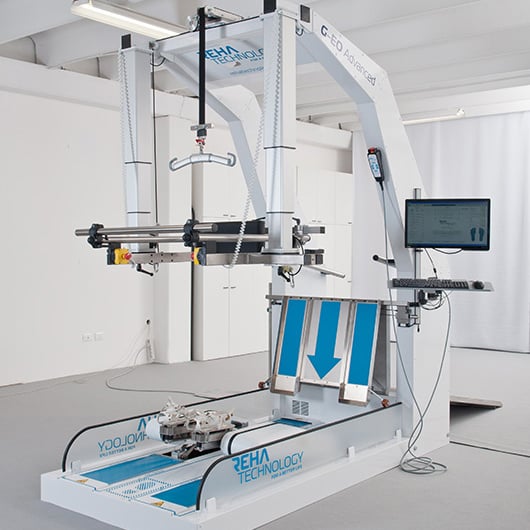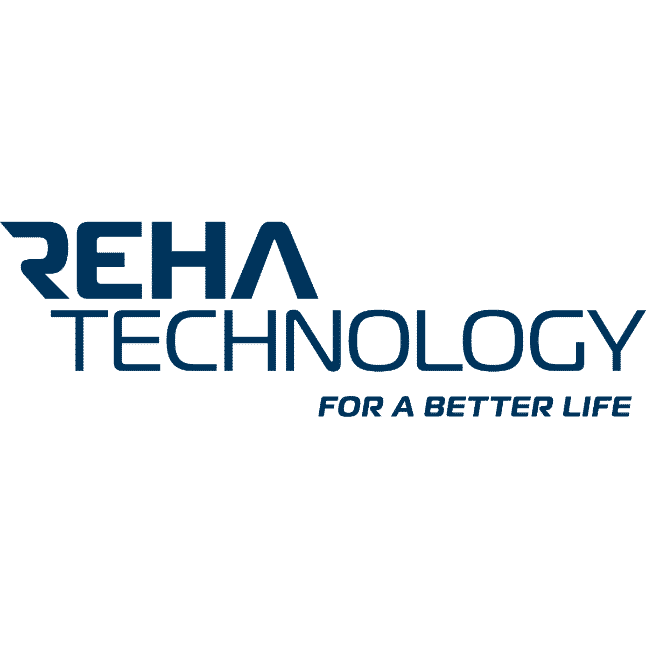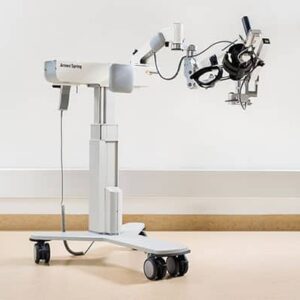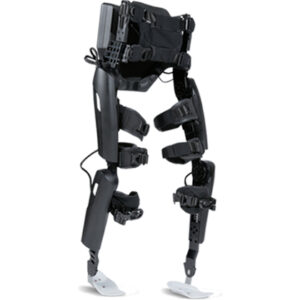Description
Unlike the vast majority of other lower body exoskeleton devices, the G-EO System is an end-effector exoskeleton. Classically, an end-effector means the gripper of a robotic arm. In the exoskeleton industry, however, the term is more often used to classify an exoskeleton that adheres to the shape of the human body vs. one that does not. In the case of the G-EO System, only the foot, and an optional attachment for the shin, follow the trajectory of the user. The rest of the wearable robot has a completely different contour.
The G-EO System differs from the majority of fixed framed gait rehabilitation exoskeletons in more ways than one. It does not have a treadmill, but foot plates (pedals). The actuation does not come from the hips and knees, but from the ankles. This allows the device to simulate stair climbing, an important task for regaining mobility independence which aligns with the company’s mission statement.
Just like how this wearable robot is different from the majority of lower-body exoskeletons it also shares many similarities. The user is still suspended using a harness attached directly overhead. It can be integrated to an interactive virtual simulation and provide variable assistance or resistance to movement. This wearable can also be configured for children. Movement is self-initiated, meaning the end-effector exoskeleton will not activate until the user has begun executing a motion. Finally, the system comes with a multitude of optional modules:
- Knee Support
- Pediatric
- Heart (integrates pulse and blood oxygen level with all kinematic data)
- FES (integrates functional electrical stimulation with the system)
- Research (additional data collection tools, ideal for research studies)
- HL7 Database
According to the manufacturer, the G-EO System has gone through multiple trials and has been proven effective for patients recovering from paralysis, muscle weakness or lack of muscle coordination due to: stroke, Parkinson’s, infantile cerebral palsy, spinal cord injury, traumatic brain injury, amputations and other traumatic cases.
Exoskeleton Report does not endorse one exoskeleton product over another. The exoskeleton catalog is purely for educational purposes. The catalog is meant to provide an easily accessible birds-eye view of the exoskeleton industry, and a quick method to sort exoskeletons by type and purpose. All prices are approximate and are meant to provide a general sense of the cost of the devices.











Reviews
There are no reviews yet.